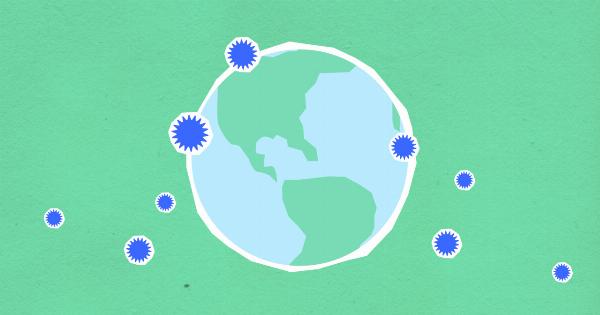Family violence refers to any physical, sexual, or psychological abuse that occurs between family members or intimate partners. The impact of family violence can be devastating and long-lasting, not only for individuals but also for society as a whole.
According to a report by the World Health Organization (WHO), as much as one in three women worldwide have experienced physical or sexual abuse from an intimate partner, and up to 38% of all murders of women are committed by a male intimate partner.
Costas Tsiaras, a highly respected expert on violence prevention, emphasizes that recognizing and addressing family violence is critical to protecting the health and well-being of individuals, families, and communities.
In this article, we will explore the importance of recognizing and addressing family violence and the role of individuals, communities, and governments in prevention and intervention.
The Types and Dynamics of Family Violence
Family violence can take many forms, including physical, sexual, emotional, and economic abuse. Physical abuse involves any intentional use of force against a person that results in injury, pain, or impairment.
Sexual abuse involves any unwanted sexual activity or behavior, including rape and sexual assault. Emotional abuse involves any behavior or action that harms a person’s self-worth or mental well-being, such as verbal attacks, isolation, or intimidation.
Economic abuse involves any behavior that controls or exploits a person’s financial resources, such as restricting access to money or taking control of financial decisions.
The dynamics of family violence are complex and can involve patterns of power, control, and manipulation.
Abusers may use physical or emotional tactics to isolate their victims from friends and family, restrict their freedom, and maintain power over their lives. Victims of family violence may experience feelings of shame, guilt, and fear, and may feel trapped in their situation without any way out.
The Consequences of Family Violence
The consequences of family violence can be severe and long-lasting. Victims of family violence may suffer from physical injuries, chronic health problems, and mental health issues, such as depression, anxiety, and post-traumatic stress disorder (PTSD).
They may also experience social isolation, decreased work productivity, and financial difficulties, which can have a negative impact on their overall quality of life.
Family violence can also have a significant impact on children who witness or experience abuse. Children who grow up in violent households may experience emotional and developmental problems, such as anxiety, depression, and behavioral issues.
They may also be more likely to become victims or perpetrators of violence in their own relationships later in life.
The Importance of Recognizing and Addressing Family Violence
Recognizing and addressing family violence is critical to preventing its harmful effects on individuals, families, and communities.
Early intervention and effective prevention strategies can make a significant difference in reducing the incidence and impact of family violence. By recognizing the signs of family violence and taking action, individuals, communities, and governments can help to protect and support victims of abuse.
Individuals can play a crucial role in recognizing and addressing family violence. By educating themselves and others about the signs and dynamics of abuse, individuals can help to identify and support victims of abuse.
They can also take action by reporting suspected abuse to authorities, providing support to victims, and advocating for effective prevention and intervention programs in their communities.
Communities can also play a vital role in addressing family violence. By promoting awareness and education about the issue, communities can help to reduce the stigma associated with family violence and encourage victims to seek help.
They can also work to provide resources and support services for victims of abuse, such as shelters, counseling, and legal assistance.
Governments have a responsibility to take action to prevent and address family violence. By developing and implementing effective policies and programs, governments can help to reduce the incidence and impact of family violence in society.
These may include laws and regulations that criminalize family violence and provide protection and support for victims, as well as public education campaigns and funding for prevention and intervention programs.
The Role of Prevention and Intervention
Prevention and intervention are critical components of addressing family violence.
Prevention efforts aim to address the underlying causes of family violence, such as gender-based discrimination, social inequality, and cultural attitudes that condone violence. Effective prevention strategies may include education and awareness programs, community-based initiatives, and legislative measures that promote gender equality and address the root causes of family violence.
Intervention efforts, on the other hand, focus on addressing individual cases of family violence and providing support and protection for victims.
Effective interventions may involve crisis counseling, legal support, and protection services, such as shelters and restraining orders. They may also involve therapeutic interventions, such as individual and group counseling, to help victims and perpetrators understand and address the underlying issues that contribute to family violence.
Conclusion
The impact of family violence on individuals and society is significant and far-reaching. Recognizing and addressing family violence is critical to preventing its harmful effects on individuals, families, and communities.
By educating themselves and others about the signs and dynamics of abuse and taking action to support victims and promote prevention and intervention efforts, individuals, communities, and governments can make a real difference in reducing the incidence and impact of family violence.































